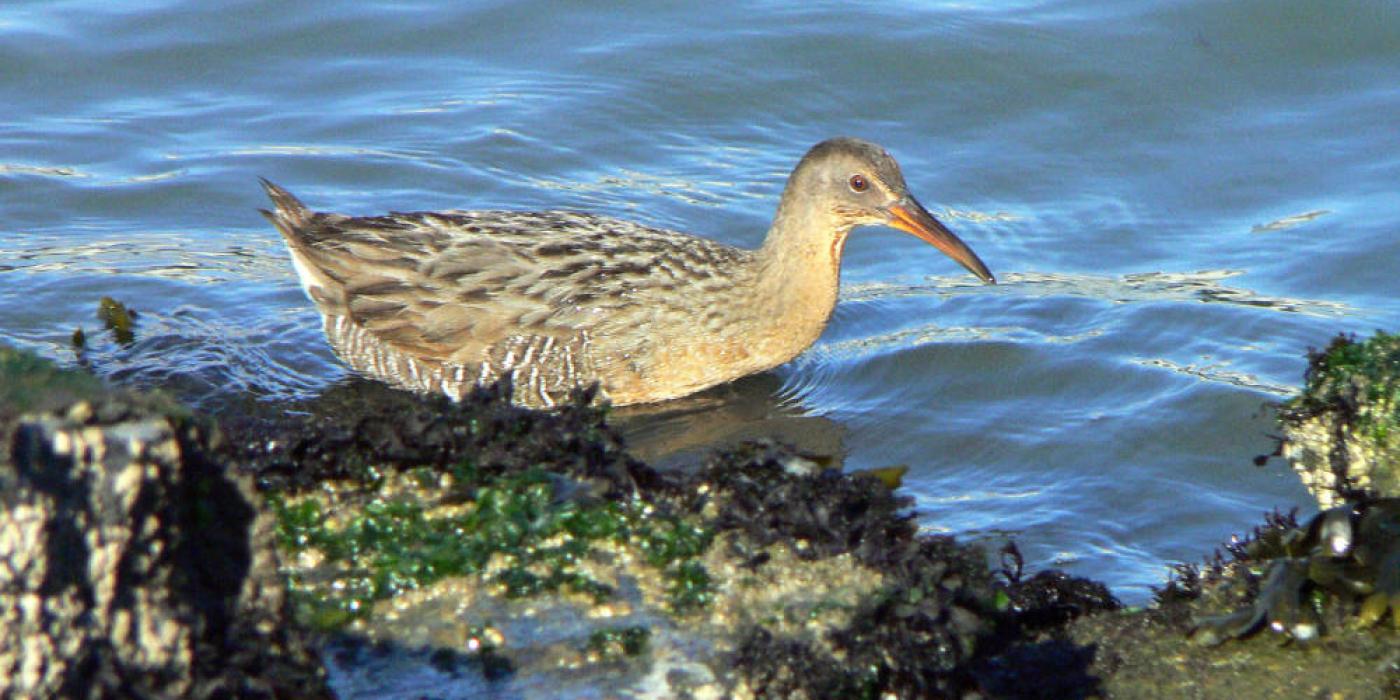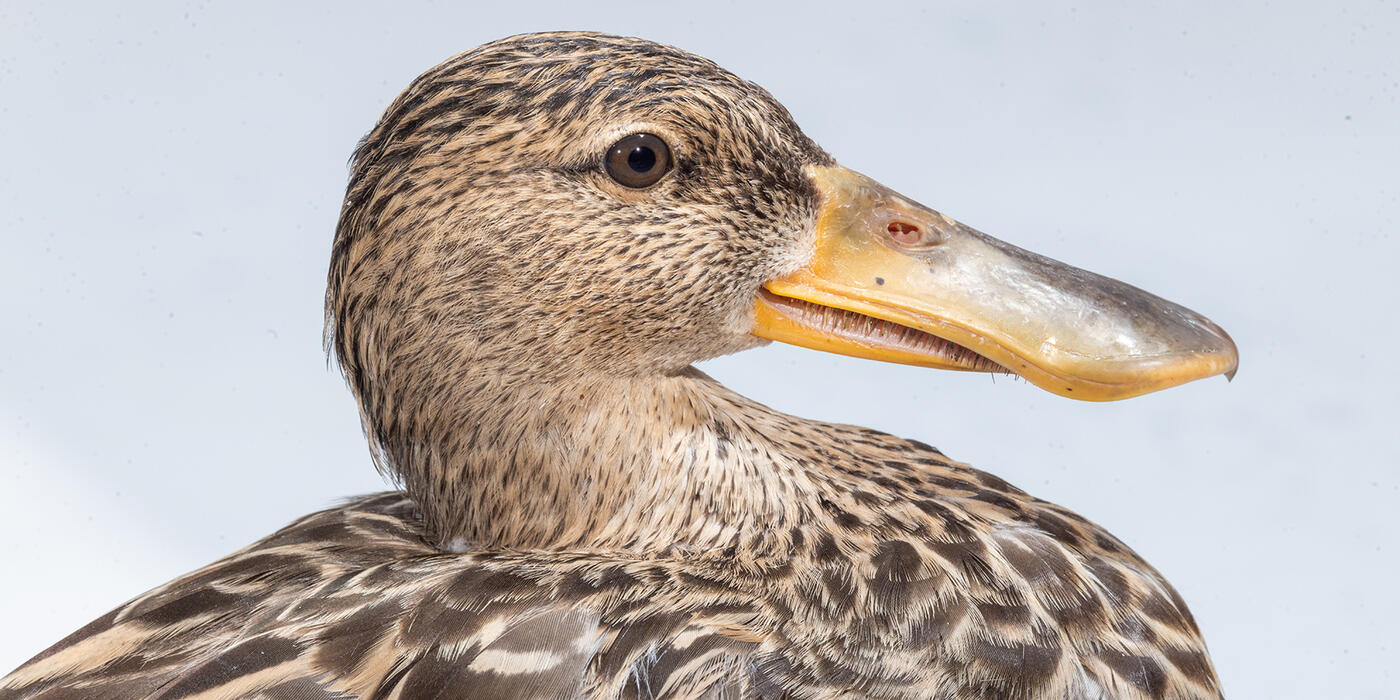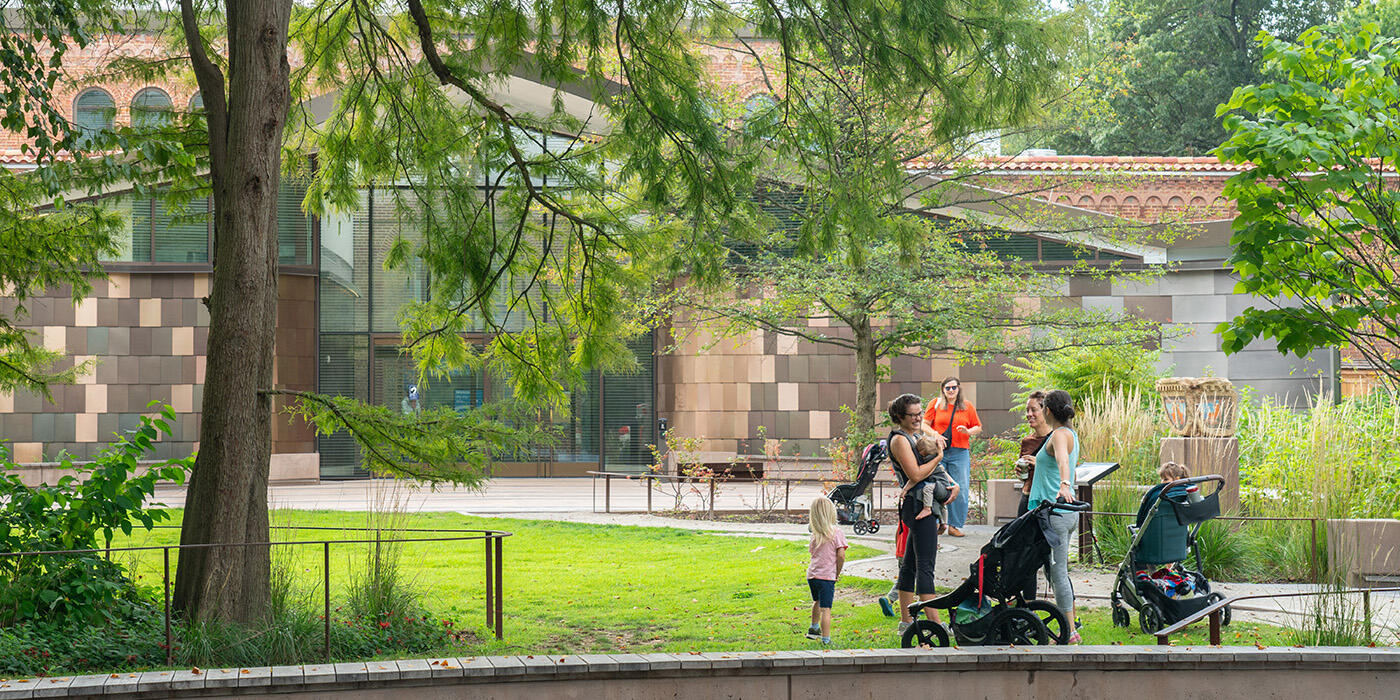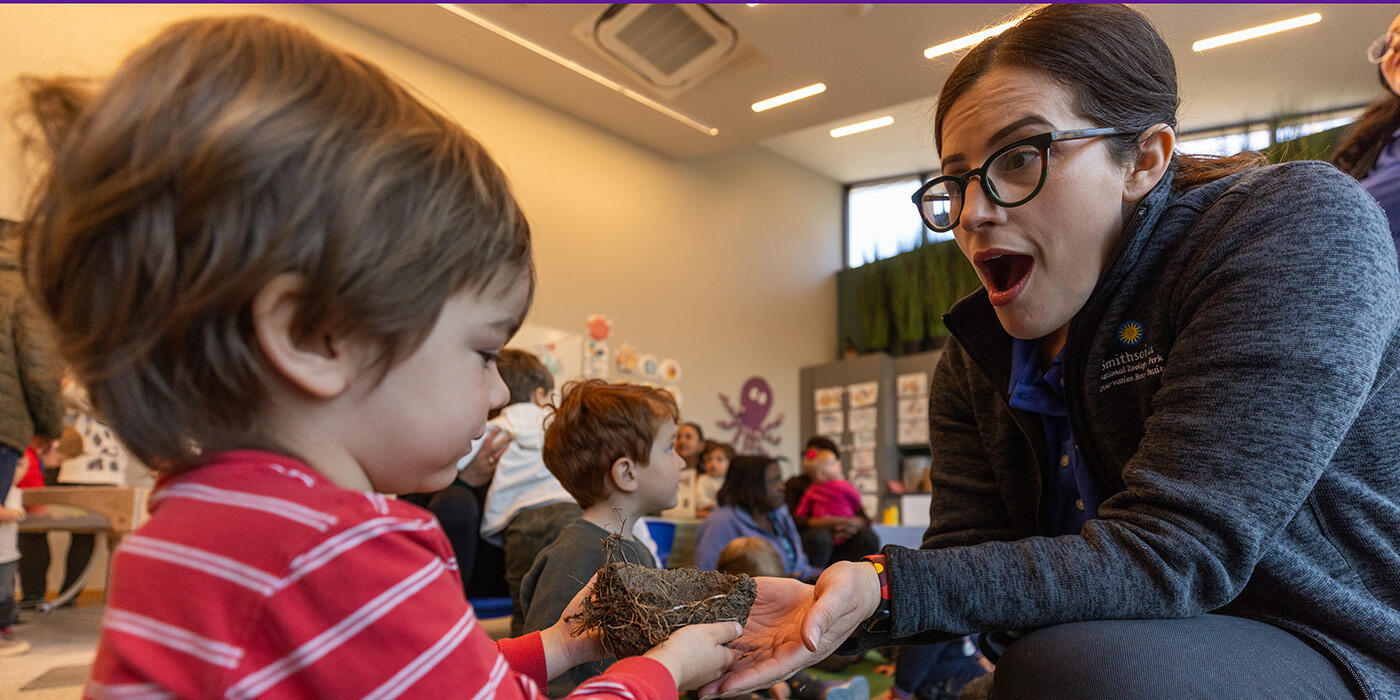New at the Zoo: Meet Our Clapper Rail

The Smithsonian’s National Zoo and Conservation Biology Institute is excited to introduce visitors to a new species at the Bird House! In late May, a clapper rail arrived at the Zoo and is now on exhibit in the Coffee Farm aviary, alongside dozens of migratory and resident birds. Animal keeper Stacy Hill provides the rundown on the rail.
Since this is the first clapper rail at the Smithsonian's National Zoo, visitors may not be familiar with the species. What can you tell us about this bird?
Clapper rails are secretive coastal birds, who are probably best known for their loud chattering call that is reminiscent of clapping (which is how they got their common name.) They are found along much of the Eastern and Gulf Coasts of the United States, as well as the Caribbean. Clapper rails can be hard to spot, as they prefer to stick to dense vegetation. They look lanky and chicken-like, with a short tail, strong legs and a long, curved beak. If you happen to see one from the front, they are very narrow—almost like they’ve been squeezed! This is an adaptation that helps them slip through the dense grasses of their preferred habitats.
This particular clapper rail is as secretive as they come. So secretive, it's been hard to take photos of the bird. Keep an eye out for it in the Coffee Farm aviary, moving between the ground foliage.
Where did this particular clapper rail come from and how did it wind up at the Zoo?
Unfortunately, this clapper rail has a bit of a sad background. A rehabber in Florida rescued the bird after a domestic cat attack. The free-roaming cat damaged the clapper rail’s wing to the point of needing a partial amputation. It is no longer able to fly, but was otherwise in good health after its recovery. So the rehabber looked to place the bird at a zoo where it might continue to live out its life as an ambassador for its species and serve as a reminder of why it's important to keep your cats inside!
Why was this bird deemed non-releasable? How was that decision made?
Generally, birds or other animals are non-releasable because of a significant health concern that will inhibit their ability to live a normal life in the wild. This is often a decision made by the rehabber and, depending on the case, a veterinarian who has treated the animal. Birds with wing injuries are often flight-tested after healing to help gauge whether they are releasable. In the case of this rail, the loss of part of its wing meant it can no longer fly, which posed significant risk as it is unlikely to be able to escape harm in the wild.
Animals can also be deemed non-releasable if they’ve become too habituated to humans and could become a nuisance or a danger to themselves. This generally comes into play if a young animal has been inappropriately hand-reared by a non-rehabber who habituated the animal to people. Rehabbers work diligently to keep young animals as independent as possible, so they have the best chance at release.
Is it common for non-releasable birds to come to the Zoo?
It is becoming more common to accept rehabbed animals into the bird unit thanks in part to our shift to North American species. Our prior collection made it more challenging to find a home for rehabbed birds, since it was much more internationally focused.
On the Bird Plateau, our sandhill cranes are all rehabbed birds, as are our barred owls. Inside the building, we have the American oystercatcher “Max”, who recently joined us from the Cape May Zoo. Max came into their care with a wing injury. All three of our ruddy turnstones, a lesser golden plover, two red knots and one cedar waxwing are rehabbed birds as well. We also have two northern mockingbirds (Mimi and Alfonso) being trained as demo birds, and one ruby-throated hummingbird (named Spot) who is off-exhibit.
What can visitors learn from this particular bird's story?
While we are happy to provide a home to the rail, this was an entirely preventable incident. Cats do a lot of damage to native wildlife, not just birds. They are exceedingly good at killing things, and often hunt for sport well beyond what people might find on their porches as a “gift”. Additionally, letting cats roam is not a kindness to the cat. It opens them up to numerous diseases, predation and car strikes. The simple act of keeping your cat indoors ensures it has a longer, healthier life, and it saves the lives of local species in turn. Supervised yard time on a leash or on a screened-in porch is a great alternative to free-roaming cats. They get to be outdoors in a safe, controlled environment with no impact on local wildlife.
Looking for more ways to protect the birds in your backyard and beyond? Visit our Live Bird Friendly page to learn more simple tips.


